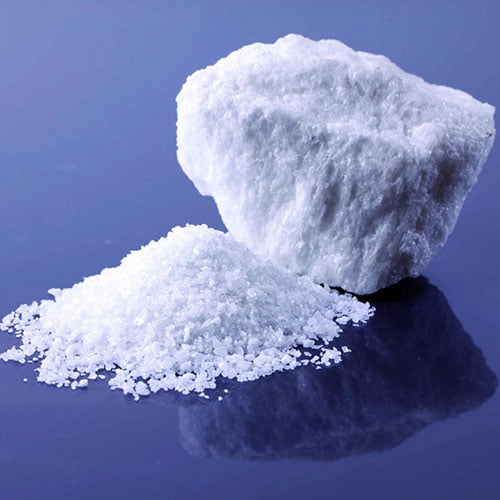Home » R&D Projects » Production of tabular alumina
Production of tabular alumina
Tabular alumina is a specialized form of aluminum oxide (Al2O3) known for its unique tabular-shaped crystals. Tabular alumina has been highly processed to ensure a high degree of crystal structure uniformity. This results in a material with exceptional thermal properties, high chemical purity, and excellent mechanical strength, making it ideal for a wide range of industrial applications. Tabular alumina is commonly used in high-temperature environments where its resistance to thermal shock and abrasion is crucial, such as in the production of high-performance refractories, ceramics, and abrasives. Its unique tabular shape, achieved through advanced processing techniques, contributes to its low porosity and high density, further enhancing its performance characteristics. Tabular alumina is produced through a multi-step process that begins with sintering ball-formed, intermediately burned calcined alumina at a temperature just under the 2040°C melting point of aluminum oxide. This high-temperature sintering step is crucial, as it causes the alumina particles to transform into the distinctive flat, plate-like or “tabular” morphology. The resulting tabular alumina balls are then crushed, graded, or screened to achieve the desired particle size distribution.
